And, this is for good reason. Kaplan’s Leiden Collection is one of the world’s largest private holdings of 17th-century Dutch art. It includes 17 pieces by Rembrant, what is believed to be Johannes Vermeer’s last work, and paintings by other Golden Age heavy hitters like Gerrit Dou, Jan Lievens, Jan Steen, and Frans van Mieris. Items have been lent to museums ranging from the Louvre and the State Hermitage in St. Petersburg to the Long Museum in Shanghai and the H’Art Museum in Amsterdam. The imminent IPO will ideally allow the masterpieces to remain available for public viewing for years to come, rather than frittered away in a high-security warehouse or separated in a sale.
How much appetite there is for shares in the Leiden Collection remains to be seen. The value of post-1945 artworks outpaced the S&P by 32% between 1995 and 2024, but the market for high-end pre-20th-century paintings has suffered in recent years. Attempting to IPO an entire collection is also unprecedented.


![DEl Kathryn Barton [Australian b. 1972] the more than human love , 2025 Acrylic on French linen 78 3/4 x 137 3/4 inches 200 x 350 cm Framed dimensions: 79 7/8 x 139 inches 203 x 353 cm](/sites/default/files/styles/category_card_187x139/public/ab15211bartonthe-more-human-lovelg.jpg?itok=LJbNuU6F)

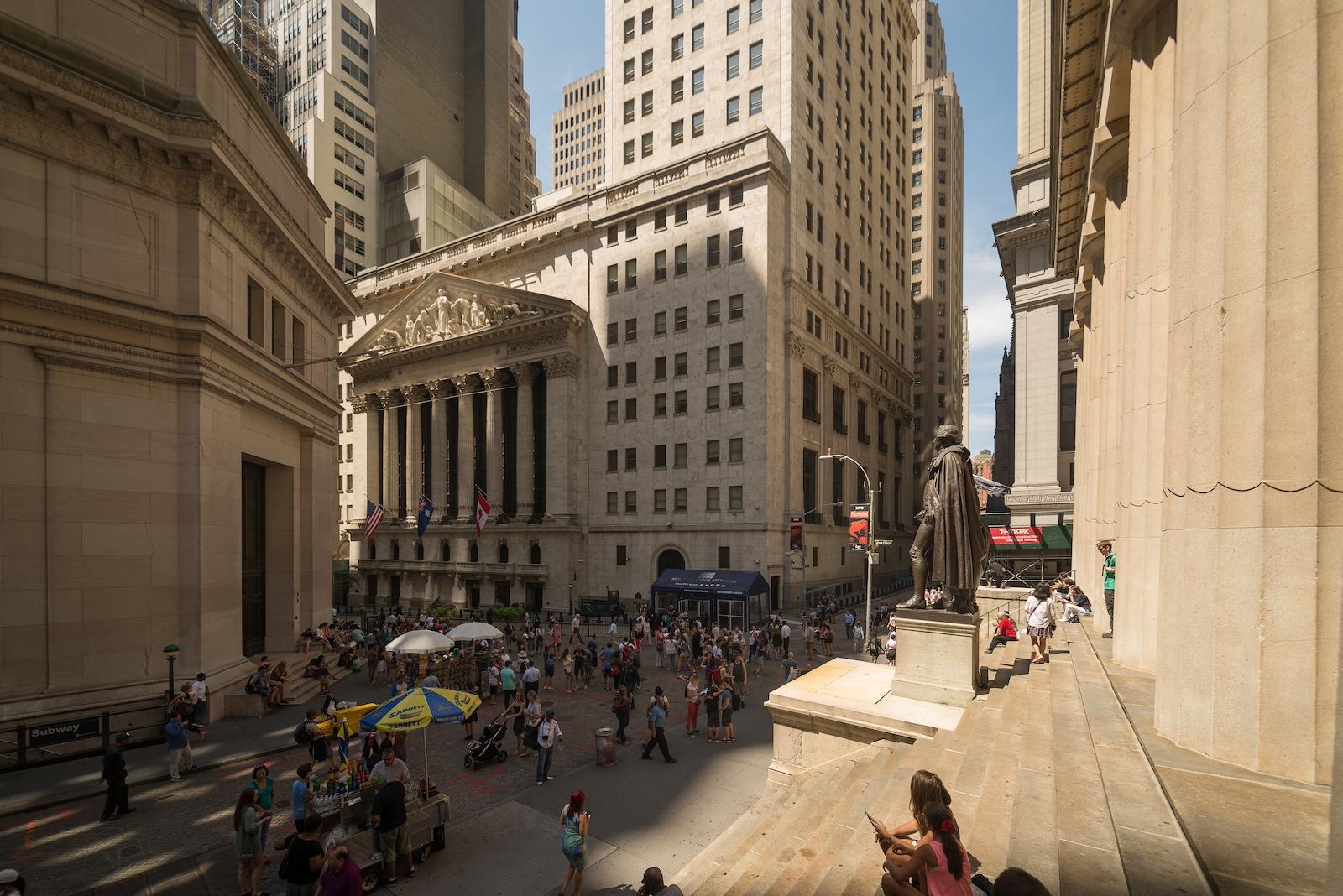
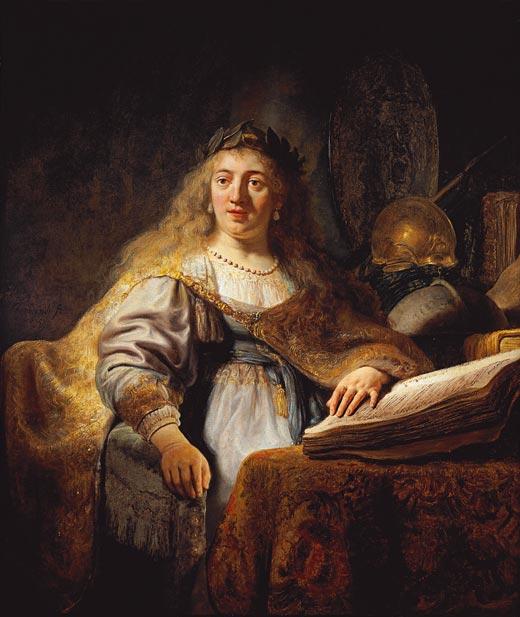
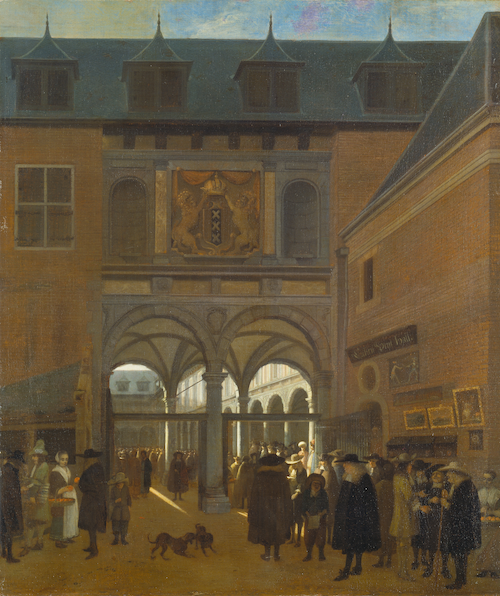

![DEl Kathryn Barton [Australian b. 1972] the more than human love , 2025 Acrylic on French linen 78 3/4 x 137 3/4 inches 200 x 350 cm Framed dimensions: 79 7/8 x 139 inches 203 x 353 cm](/sites/default/files/styles/image_5_column/public/ab15211bartonthe-more-human-lovelg.jpg?itok=wW_Qrve3)




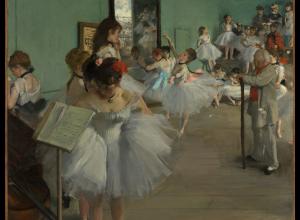










![Merina [Pop Chalee] Lujan, Taos, 1906 – 1993, Yellow Horse, gouache on paper, 13 1/8 x 18 1/8 in. (33.3 x 46 cm.) Estimate: 1,000 – 2,000](https://www.artandobject.com/sites/default/files/styles/image_5_column/public/4630-58.jpg?itok=kBAYkc0u)

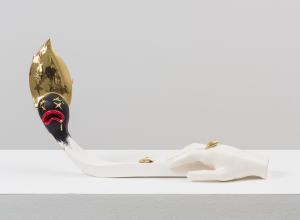

![Ginevra de’ Benci [obverse]. 1474/1478. Leonardo da Vinci. Oil on Panel. Ailsa Mellon Brue Fund, National Gallery of Art.](https://www.artandobject.com/sites/default/files/styles/image_5_column/public/ginevradebenciobverse196761a.jpg?itok=hIzdUTaK)


